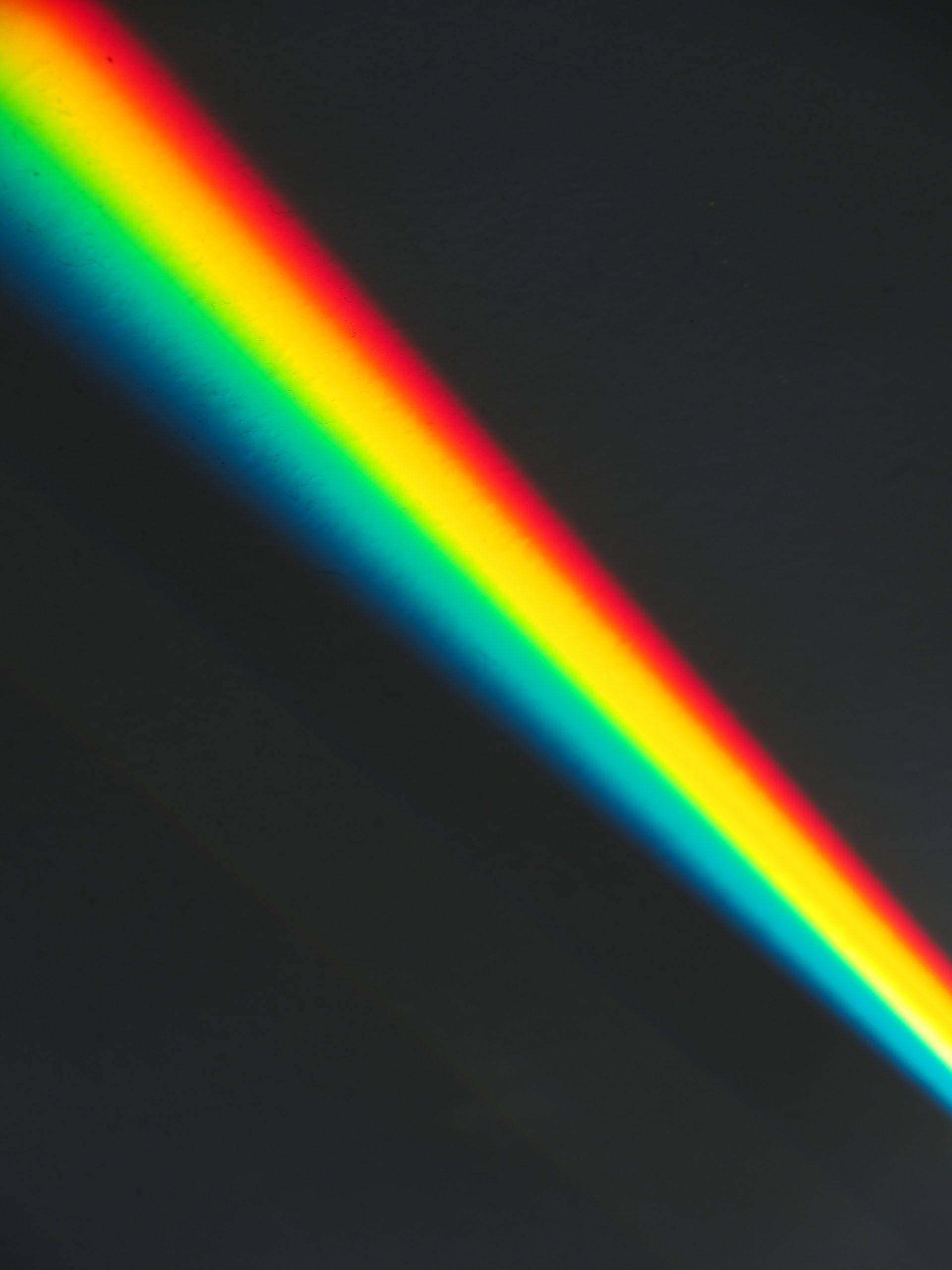My apologies for the delayed publication of this blog. Our eye clinic has been BUSY- much love to all of our patients and to Fayetteville, AR & Northwest Arkansas in general. As an eye doctor, we will always take care of the real people in our clinic before we take care of our computers. Let me take this moment to announce that we have added some really exciting Fayetteville exclusive eyewear brands to our clinic: Raen and Spy. They are both out of California and both simply ooze style and quality. Vintage, active, dress, sport, surf/lake, fishing, skiing … you name it. Come check them out. Let’s talk about colors.
What do I want?? Sky … and why in the world is the sky blue? Have you ever thought about that? In our last blog entry we talked about how we perceive colors because white light bounces off an object and certain wavelengths are reflected off it. Those wavelengths stimulate the cones in our eyes initiate the neuronal signals perceived in our brains as colors. The sky is a gas. How are our eyes seeing so much blue when we look up?? To answer this, we must first understand dispersion of light.
Everyone has seen the classic Pink Floyd album cover, right? Did this blow anyone else’s mind in junior high??

What is going on here? Dispersion. When white light passes through a prism, the wavelengths of the visible spectrum are separated out into different colors. This is based on the resonance frequency of light and the optical density of various wavelengths of the spectrum. I will save you the physics … Longer wavelength red light travels through a prism SLOWER than shorter wavelength blue light. It is due to this that we have the Dark Side of the Moon. Let’s relate this back to the sky. When light enters a media (like a prism) it can be 1) reflected 2) Bent or 3) Scattered. Molecules in the atmosphere act on white light by SCATTERING it as it passes though the gasses. Most of the light we see is scattered light. White light from the sun passes over our heads, through the atmosphere and away from our eyes. As it passes through the atmosphere the BLUE wavelength is scattered MORE than the other colors of the spectrum. That scattered, blue light what we see when we look up on a cloudless day. Even the sky is reflected off of something.
So the spring is coming on and the weather is perfect. Perhaps you have a picnic ready and you are on a perfect afternoon hike and date with your best friend. You pour the wine, set the blanket, look up at the sky and see … RED?!?!? Beautfiul, of course. Definitely red, however and contradictory of everything I have just blabbed about for ten minutes. Why is a sunset red??? Lets think about the path of white light. The blue color we see in the sky is due to the scattering of light that is PASSING over us. The rest of the light passes through our atmosphere, never to reach our eyes. During a sunset the white light passes into the atmosphere and heads DIRECTLY for us. Do you see what is about the happen?? The scattered blue light (the stuff we see at mid-day) is scattered so much that our eyes perceive the predominately red light that remains after the blue has been scattered. In short- the red sunset passes through more atmosphere than the blue light and is red because the shorter wave blue light has been filtered. The sky is blue because we are seeing an overwhelming amount of scattered blue light raining down from the dispersed white light passing above.
Tune in next week to hear more about the blue sky in a historical context. We will also talk about why something like “red colored chicken glasses” actually exist. I hope you are enjoying the series on colors as much as I am. As an eye doctor, I pride myself on 1) knowing a lot about vision and 2) relating that to the general public in an entertaining fashion. I love learning about the eyes and think vision is fascination. As an optometrist, I have conversations in my office every day throughout the workweek about vision during eye exams. Thank you for letting me use this blog to relax a little bit and to talk about something that interests me. Still to come in this series … What does your dog see when he looks out into the yard?? Thank you! Ben


